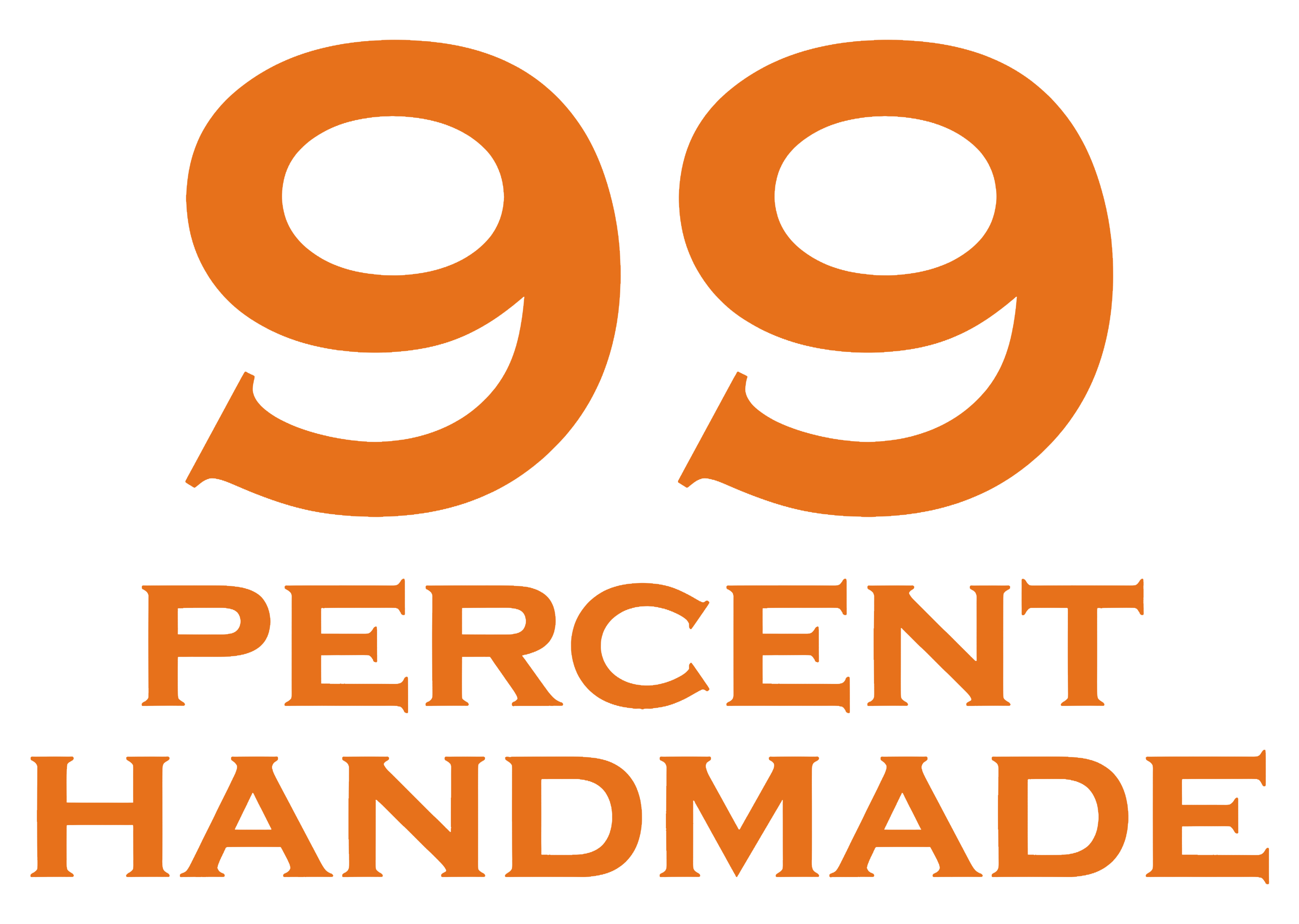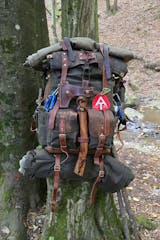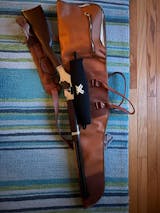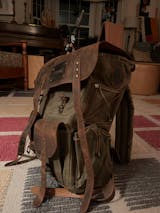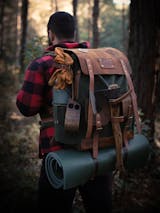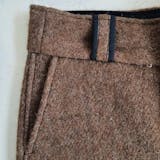Choosing the right camping backpack is one of the most important decisions an outdoor enthusiast can make. Whether you are planning a short weekend trip or a long expedition in the wilderness, your backpack will be your most trusted companion. It carries not only your essential gear but also determines how comfortable and enjoyable your trip will be. Many beginners underestimate how critical this choice is, often focusing only on size or style. In reality, the perfect hiking backpack or camping pack involves a balance of capacity, fit, durability, and features that match your journey.
Understanding the Difference Between Camping and Hiking Backpacks
Although the terms are sometimes used interchangeably, a camping backpack and a hiking backpack can differ slightly in purpose. A camping backpack is often designed for multi-day trips, offering more storage space for sleeping bags, tents, cooking equipment, and food. A hiking backpack, on the other hand, is generally smaller, lighter, and perfect for day hikes or shorter adventures where carrying less is possible.
Still, many modern outdoor brands design versatile backpacks that serve both purposes. This means a backpack can function well for camping trips while also being suitable for hiking, depending on how you pack and use it.
Capacity and Size
The size of your camping backpack is often measured in liters, and this determines how much gear you can carry.
- 30–50 liters: Best for day hikes or overnight trips. This range is usually considered a hiking backpack size.
- 50–70 liters: Ideal for weekend camping trips where you need to carry more supplies, including food and sleeping gear.
- 70–90 liters: Perfect for extended expeditions, winter camping, or long treks where self-sufficiency is necessary.
Choosing the right size ensures you can carry what you need without overloading yourself. A backpack that is too large can tempt you to pack unnecessary items, while one that is too small will leave you underprepared.
Fit and Comfort
A hiking backpack or camping pack should fit your body properly. The key factors to consider are:
- Torso length: Not your height, but the distance from your shoulders to your hips. Many brands offer adjustable torso systems.
- Hip belt: A padded hip belt is critical because it transfers most of the weight from your shoulders to your hips, making carrying heavy loads more comfortable.
- Shoulder straps: Look for well-padded, adjustable straps that contour to your body.
Trying on different backpacks in a store with weight added is an excellent way to determine which one feels best.
Durability and Materials
When investing in a camping backpack, you want it to last for years. Durable materials such as ripstop nylon or polyester provide water resistance and tear resistance. Reinforced stitching and strong zippers are equally important, especially if you plan to carry heavy items.
Some hiking backpacks also come with weather-resistant coatings or include rain covers, which protect your gear during unexpected storms. Durability should never be compromised, as your backpack will face rough trails, rocky ground, and constant use.
Features That Matter
Modern camping and hiking backpacks are designed with a variety of features to enhance your outdoor experience:
- Multiple compartments: Helps organize gear, separating clothing, cooking equipment, and food.
- External attachment points: Useful for carrying trekking poles, sleeping pads, or tents.
- Hydration compatibility: Many backpacks now include hydration reservoir sleeves.
- Ventilated back panels: Improve airflow and reduce sweating during long hikes.
When selecting your backpack, think about what features align with your personal needs and the type of adventures you take.
Weight Considerations
Ultralight backpacking is a growing trend. Some hikers prefer to minimize weight to move faster and with less strain. If this appeals to you, look for a lightweight hiking backpack that still provides enough durability and support. However, remember that extremely light packs may sacrifice padding or structure, which can impact comfort on longer trips.
Practical Tips for Buying
- Try before you buy: Whenever possible, visit a store and test backpacks with weight inside.
- Research brands: Well-known outdoor brands often invest heavily in ergonomic design and durability.
- Read reviews: Fellow campers and hikers provide valuable insight into real-world performance.
- Don’t overspend unnecessarily: Choose the backpack that suits your needs rather than the one with the most features.
Selecting the right camping backpack or hiking backpack can transform your outdoor adventures. The ideal backpack balances comfort, capacity, durability, and weight while fitting your unique body shape and travel style. Whether you are exploring local trails or venturing into remote wilderness, investing time in finding the right pack ensures every journey is safer, more comfortable, and more enjoyable.
